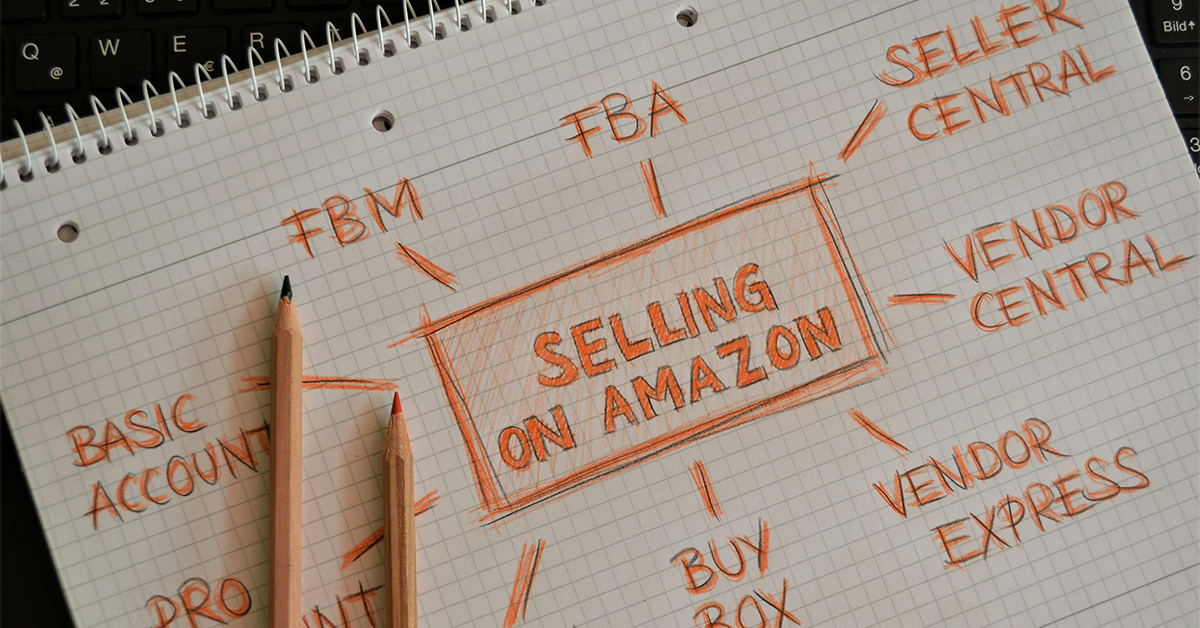Picking Apart Amazon’s Vendor Central Purge

Amazon is refining its wholesale business model and, in the process, forcing thousands of brands to transition to its consignment-style platform, known as Seller Central, by Nov. 9. While the change may sound daunting, according to a couple of Amazon experts, the switch may actually lead to long-term benefits for these businesses.
What Happened? In September, the ecommerce behemoth notified a selection of companies selling through its wholesale-style Vendor Central platform that they would be kicked off. They were left with two options: Transition to Amazon’s Seller Central platform or quit selling on Amazon entirely.
What’s the difference? Simply put, Vendor Central works like a traditional retail model: Amazon buys product from a brand and sells it to customers at its chosen price point. Seller Central is a consignment model meaning brands list whatever they’d like on the platform and manage their business without Amazon’s input (note: they can still offer Prime benefits if they use Fulfillment by Amazon).
This decision to kick brands off the Vendor platform wasn’t “astonishing,” said “Amazon Guru” and founder of McGinn Ecomm Betsy McGinn, who highlighted that the retail giant made the same style of cuts about five years ago.
- The change largely targets brands doing less than $5 million in sales on the platform, but McGinn emphasized that “Amazon has a lot of metrics” and likely factored in the brand’s profitability, product category and a handful of other considerations when deciding who would stay and who would go.
“Any brand could be affected by this,” said Stephen Gary, co-founder and CEO of Amazon marketing, consultancy and management firm Accelerazon. “Although I do expect that food and beverage brands are more likely to be cut as the resources required for forecasting, storing and shipping expirable items is greater than non-expirable items.”
Overall, the forced transition isn’t necessarily bad news, McGinn and Gary emphasized. They both believe brands of this size and selection are better suited for Seller Central because they can control pricing, inventory, assortments and the experience with the end customer.
McGinn said brands being forced off of the platform were likely too small to have a vendor manager contact and weren’t able to utilize the full benefits of the platform anyway. A move to Seller Central allows a small brand to control its destiny and fully optimize its sales in the integral ecommerce channel, if it chooses to do so.
“Nutpods is a good example,” said McGinn. “[The business] was able to really flourish and become a huge brand because they went on Seller Central, and they managed their business really successfully. [They] had a huge Amazon business before they went anywhere else, but that was all because they managed it and just didn’t essentially turn it over to Amazon.”
What does this mean in the meantime? McGinn and Gary emphasized that if they haven’t already, brands should act fast. “It’ll be somewhat like a relaunch… they need to learn all the nuts and bolts,” McGinn said.
Both Gary and McGinn said that this can be a seamless transition with no disruptions for the end consumer. In order for that to happen, both recommended that brands lean heavily on an Amazon expert during the transition and consider working with an agency that, rather than hiring a full-time staffer, can optimize product listings, manage ads and assist with forecasting and product flow.
Here are Gary’s top tips for a seamless transition:
- Set up in Seller Central as fast as possible so that if there are issues with listings, settings or integrations, there is time to fix them.
- Use the 80/20 rule and narrow the focus on the 20% of items that produce 80% of the sales.
- Ensure there is adequate inventory to cover Q4 in the expiring Vendor Central account. If there is not, immediately get Fulfilled by Amazon (FBA) shipments planned and built in the Seller Central account to get inventory into Amazon distribution centers in time for the holiday season.
- Lean on Amazon’s Seller University learning center to become educated on topics specific to Seller Central.
Why is this happening?
This change comes at a time when Amazon is assessing its own balance sheet and aiming to reduce administrative costs and the amount of resources it dedicates to servicing the often-larger Vendor accounts. It is indicative of the platform’s long-term strategy to boost profit margins and simplify its own operations while also winning the end customer on price.
Earlier this week, the company also announced it will launch a new “low-cost storefront” to better compete with bargain ecommerce player Temu. That news followed the debut of Amazon Saver, a new back-to-basics private label line, and may signal that Amazon is feeling pricing pressure from competitors such as Walmart and Costco.
Nonetheless, the transition comes well into Q4 and right ahead of the holiday season. Both Gary and McGinn emphasized that it is critical brands act fast as getting product into Amazon warehouses around the holidays is a challenge on any given year.
“This is a big and potentially crippling change for affected brands. But there is a pathway for affected brands to turn this into a positive,” said Gary. “[By] utilizing Seller Central, brands will be able to take more control of the management and trajectory of their brands, putting the future of their brand’s presence and sales within their hands rather than relying on Amazon.”
















